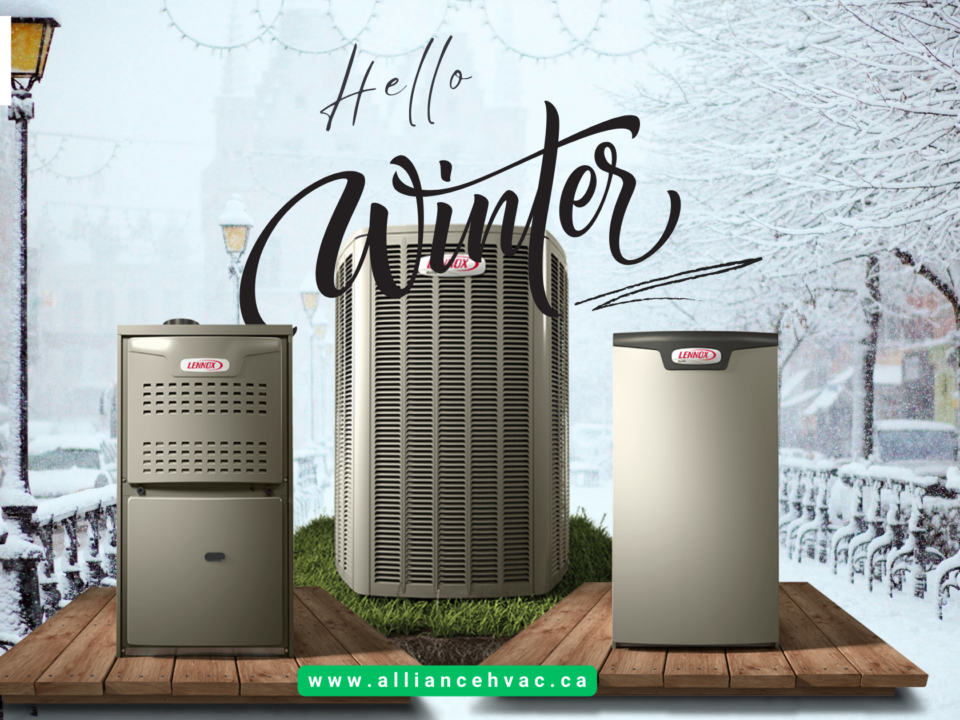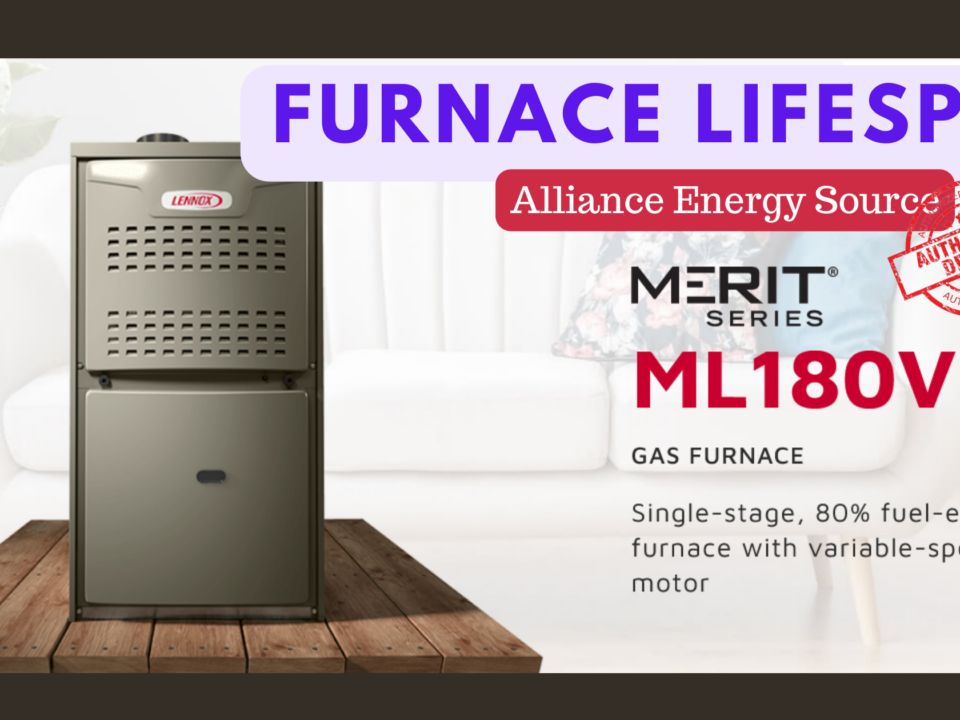HVAC Terminology & Abbreviations You Need To Know

Finding Your Home’s Perfect Temperature
May 17, 2020
Managing Home Temperatures & Humidity For Comfortable Living
May 18, 2020HVAC Terminology & Abbreviations You Need To Know
When you’re researching new heating, ventilation, and air conditioning products, or HVAC products, for your home, it can often feel like you’re wading through a whirlpool of acronyms and initialisms. BTU, SEER, EER, AFUE. What does it all mean? You might wonder about the benefits of choosing an Energy Star® product or how Minimum Efficiency Reporting Value (MERV) is used to rank the efficiency of air filters.
As with any industry, the HVAC field is filled with industry-specific terminology that the average homeowner doesn’t always know. This article provides an overview of key terminology, abbreviations and information to help you have an informed conversation with your local Lennox® dealer, whether you’re looking for products to improve your indoor air quality (IAQ) or you want to learn how to choose and buy furnace with the best Annual Fuel Utilization Efficiency (AFUE) ratio.
Read on for explanations on some common HVAC terminology. You can also review our complete HVAC glossary to help you make educated decisions in working with HVAC product and service providers.
What is SEER?
When you’re shopping for AC units, a Seasonal Energy Efficiency Ratio, SEER rating, helps you determine an air conditioner’s efficiency. The higher the unit’s SEER rating, the more energy-efficient it is. For a SEER definition, think about it like this: SEER is the ratio of cooling produced in BTUs divided by the watts of electricity used.
What are BTUs/hour?
If you’re wondering about the BTU meaning, it’s first helpful to know that BTU stands for British Thermal Unit. BTUs are used to measure energy in relation to heat. When it comes to your AC or heater, the BTU rating tells you how powerful your unit is. When you see 6,000 BTUs/hour, this means that a 6,000 BTU heater can produce 6,000 BTUs of energy over the course of an hour.
When considering BTUs, note that bigger is not always better. If your furnace is too big for your home, you’ll end up wasting energy. It’s the same concept as using your car for five minutes at a time versus taking a longer trip—you’ll see your MPH and gas efficiency decrease. Here’s a BTU calculator to help you estimate what’s best for your home. You can also talk to your local Lennox® dealer for expert guidance.
What is EER?
The best EER definition to know is that EER is the ratio of cooling capacity to the power input (in watts). An air conditioner with a higher EER rating is more efficient.
What is AFUE?
AFUE is an initialism for Annual Fuel Utilization Efficiency. It measures how efficiently your heating or cooling appliances use fuel. When you’re looking at an AFUE rating, note that the higher the AFUE, the more efficient the appliance.
What are ENERGY STAR® ratings?
ENERGY STAR® is a program of the U.S. Environmental Protection Agency (EPA) designed to help consumers and businesses save money by choosing energy-efficient products and technologies. Heating, ventilation and air-conditioning (HVAC) equipment with the ENERGY STAR® label meets or exceeds federal guidelines for energy-efficient performance. An ENERGY STAR®-certified AC unit could cut your cooling costs by 30 percent.
How does duct work impact air flow?
Duct work directly impacts your HVAC system’s airflow. A properly designed duct system delivers the correct volume of air to various rooms in your home. It should also return stale air back to the HVAC equipment for reconditioning. Sometimes adding additional return air inlets and ducts can increase airflow to the air handler, helping improve air conditioning or heating performance.
What should I know about IAQ?
IAQ stands for indoor air quality, which is the air quality within and around buildings and structures. IAQ impacts the health and comfort of building occupants. For IAQ testing, click here. You can also learn more about improving your home’s IAQ for babies and children.
What is MERV?
MERV stands for Minimum Efficiency Reporting Value. When researching MERV filter ratings, it helps to know that the smaller the holes in an air filter, the fewer particles that can pass through. So, the higher the MERV rating, the more efficient the filter.
What about home humidity levels?
You don’t have to be stuck with hot, heavy hair. Overly humid air can invite all kinds of issues, including mold, mildew and dust mites. Check out this post to see if your home has poor indoor humidity.
These key HVAC terms will help you when it comes to researching and purchasing your next HVAC system or making repairs. Still have more questions? Contact your local Lennox dealer to see how you can create perfect air in your home.




